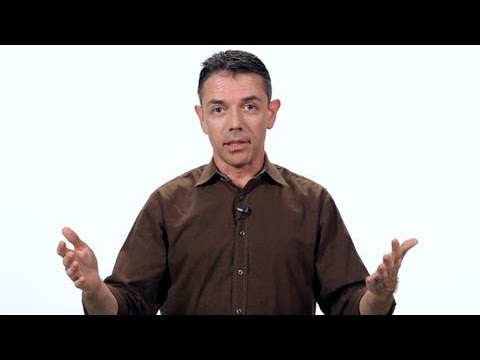The Success Story of Ford in the Automobile Industry
Summary
In this article, we will discuss the success story of Ford in the automobile industry, including their flexible plant and simplified work rules, their past financial struggles and restructuring, and their future plans for technology and electrification.
Table of Contents
- Ford’s Success in the Automobile Industry
- Facing Challenges and Practicing Emotional Resilience
- Ford’s Vision for Technology and Electrification
Ford’s Success in the Automobile Industry
Ford has been a major player in the automobile industry for many years, producing various cars, including hybrid and electric models, on the same production line in the United States. Their ability to compete with other top companies in the world is attributed to their flexible plant and simplified work rules. This has allowed them to quickly adapt to changes in the market and produce high-quality vehicles efficiently.
Despite their success, Ford has faced financial struggles in the past and had to restructure their business. However, the company is confident in their ability to transform the business in a few years with the right investments and product line strategy.
One concern for the company is their culture and infighting, but they have implemented weekly business plan reviews to create a safe environment for everyone to work together. This has allowed the company to continue to innovate and produce high-quality vehicles.
Facing Challenges and Practicing Emotional Resilience
Ford faced a challenge during the launch of a new Escape in Canada where they discovered an issue with the actuator on the rear door. Despite their commitment to delivering the finest quality, they had to work together to find a solution. The CEO of Ford practiced emotional resilience during this time, which allowed the team to work together and find a solution. The vehicles started flowing around the world, and the company continued to produce high-quality vehicles.
Ford’s Vision for Technology and Electrification
In terms of technology, Ford envisions actual wireless technology being built right into the car and being driven off of mobile devices. They want to operate at the speed of consumer electronics and use smart devices for everything about their system and Sync. As for the radio world, Ford expects a free-for-all with lots of choices for consumers and no clear winner.
Ford has decided that voice activation is the best option for in-car use, allowing drivers to keep their hands on the wheel and eyes on the road. The company plans to let consumers decide which applications they want to use in the car but wants to keep the interface clean while managing the driving experience. The goal is to make the technology a reason to buy, not to make money off of it.
The majority of electrification will be hybrids first, then plug-in hybrids, and then all-electric vehicles from a volume point of view. The focus is on getting as much technology to as many people as possible. This will allow Ford to continue to innovate and produce high-quality vehicles while also focusing on sustainability and the environment.
Conclusion
In conclusion, Ford’s success in the automobile industry is due to their flexible plant and simplified work rules, their ability to adapt to changes in the market, and their commitment to delivering high-quality vehicles. Despite facing challenges in the past, the company is confident in their ability to transform the business and continue to innovate. Their focus on technology and electrification will allow them to continue to produce high-quality vehicles while also focusing on sustainability and the environment.







